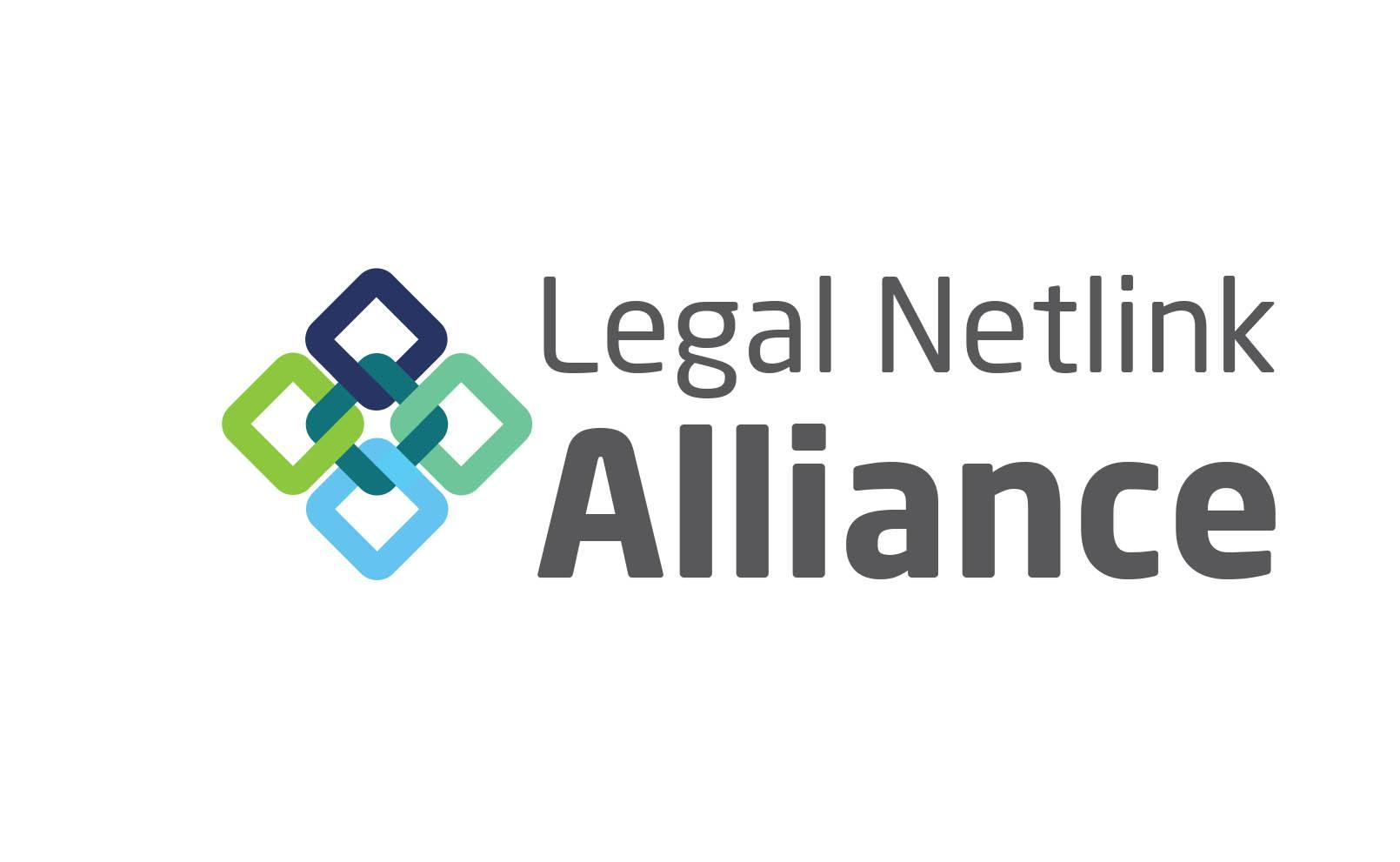By Paul Himmelstein
Mezzanine, waterfall, WACC… If you think this sounds like terms to describe an exotic Italian vacation, then you might be missing the boat on the hottest investment sector: multifamily housing. The Federal Reserve has pushed interest rates to rock bottom lows in an effort to jumpstart the economy from the ashes of the credit crisis of 2007-2008. Simultaneously, investors fled the volatile equity markets for the safety of bonds by the trillions.
(photo: www.stimurealty.com)
As mortgages fell underwater and foreclosures soared, homeownership rates fell to 18-year lows. However, these former homeowners still need to live somewhere.
Consequently, national multifamily occupancy rates are near all-time highs at approximately 94 percent. At the same time, investors are looking for yield beyond the miserly 1.8 percent offered by the safe 10-year treasury bonds, but without the rollercoaster of the equity markets or low quality of high yield bonds (wonderfully rebranded from ‘junk bonds’). Enter multifamily housing investments.
We have helped many clients examine private equity offerings from an investor’s point of view, but primarily our clients have asked us to assist in structuring their investment vehicles for other investors to provide capital to their business. As usual, the key deal points revolve around control, internal rate of return hurdles, exit strategies and return standard deviations. Given the high rental occupancy rates, low borrowing rates, low yields available in alternative investments and relatively steady income stream, it is no wonder the multifamily sector is so attractive right now.
By the way, “mezzanine” refers to a second level of debt, investors willing to take a position behind a primary lender (a bank, insurance company, hedge fund, etc.), but ahead of other equity investors in exchange for a higher rate of return. “Waterfall” refers to the flow of cash distributions that adjusts as certain investment performances are obtained. “WACC” is the weighted average cost of capital. The lower the WACC, the higher the returns.

